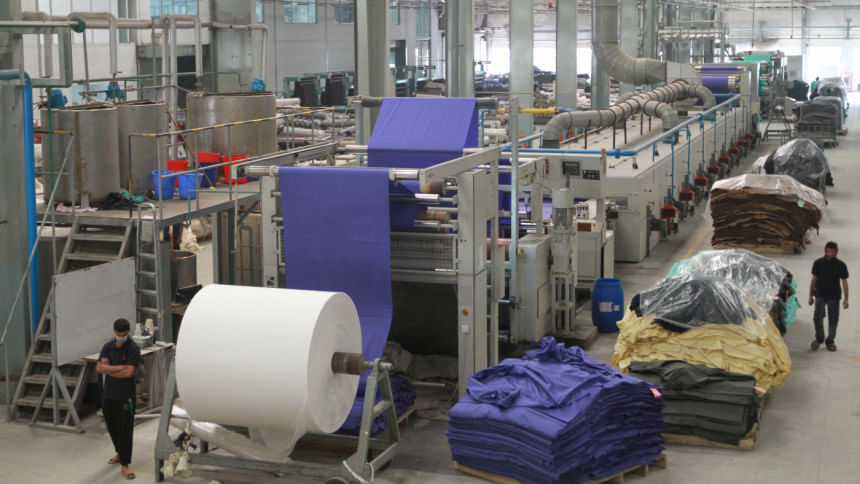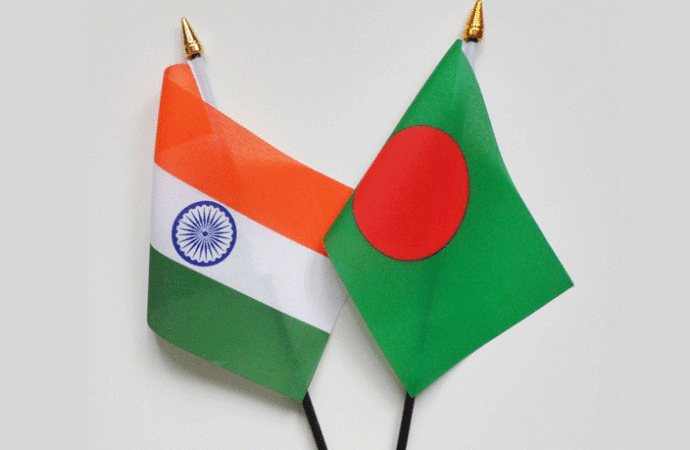
Last update on: Tue Jan 2, 2024 11:33 AM

The textile and garment sector witnessed a very dry investment season in 2023 as demand for clothing items fell globally while an energy crisis on the domestic front led to higher costs of production.
Moreover, higher costs of production due to increased prices of raw materials, transport cost, the volatile exchange rate of the local currency against the US dollar, and the government’s restriction on imports in order to save US dollars were other reasons for the slowdown in investment in the sector.
The year 2023 was one of the toughest for global textile and garment industries as the major consumer markets like Europe and the USA reduced import of clothing items substantially due to historic inflationary pressure.
For instance, the USA’s overall garment imports declined by 22.71 percent in January-October of 2023 to $67.26 billion.
The lower demand from the major consumer markets also affected investment in the domestic market.
The US saw garment imports from Bangladesh decline by 24.75 percent to $6.35 billion in the January-October period of 2023, according to data from the Office of Textiles and Apparel (OTEXA) of the US government.
Meanwhile, garment shipments from Bangladesh to the European Union (EU) grew by merely 2.28 percent in January-November of 2023 compared to the corresponding period of 2022.
In January-November of the outgoing year, garment shipments from Bangladesh grew an unusually low rate of 4.35 percent year-on-year to $42.83 billion.
In 2022, the global export market for garment items was worth $576 billion, shrinking from more than $700 billion. The export of garment items globally was even lower than $576 billion in 2023.
The worst-hit sector was Bangladesh’s primary textile sector, worth nearly $25 billion, as it witnessed almost zero investment in 2023, with no new units being established.
Even in 2022, the year Russia launched its invasion of Ukraine, 14 new units were established in the primary textile sector at an investment of Tk 4,148.14 crore, mainly in non-cotton fibre production, according to data from the Bangladesh Textile Mills Association (BTMA).
In 2023, only one unit of a spinning mill in Narsingdi reported that they would invest Tk 700 crore to to produce cotton and man-made fibre, but that factory will be set up this year, said Monsoor Ahmed, chief executive officer of the BTMA.
Ahmed also said the import of four core raw materials for the primary textile sector, including capital machinery, fabrics, yarn and cotton, declined by 28 percent on average in 2023 compared to 2022 because of low investment inflow in the sector.
Very few textile millers expanded their capacity despite it being very much required, the BTMA CEO added.
A similar slowdown in investment was also seen in the garment sector, worth more than $30 billion, in the past year.
In 2023, 134 new garment units came into operation compared to 182 in 2022, according to data from the Bangladesh Garment Manufacturers and Exporters Association (BGMEA).
The main reason for lower investment in that sector was because of a slowing in the inflow of work orders from international clothing retailers and brands alongside other causes like the volatile dollar market, low prices from the buyers, rising costs of production, and low pressure of gas and electricity in factories, said BGMEA President Faruque Hassan.
Some factory owners expanded necessary technologies as many exporters are focusing more on high valued added garment items like apparels made from man-made fibre, Hassan told The Daily Star over phone.
However, the situation is expected to improve from the second half of this year as the global economic situation is improving, evidenced by the easing of the interest rate by the US Federal Reserve and major banks in the European countries, Hassan also said.
In 2022, nearly 50 new units came into operation in the knitwear sector, but in 2023, that number was reduced to less than 10, said Mohammad Hatem, executive president of Bangladesh Knitwear Manufacturers and Exporters Association (BKMEA).
The knitwear sector also witnessed some very required expansion which was mandatory for the exporters. Otherwise, the sector saw dry investment, he said.
He added that the low inflow of work orders and inadequate gas pressure meant industry owners could not run their factories at full capacity, with most units running at 50-60 percent capacity.
He also said the volatile dollar market was responsible for low investment inflow in the sector.









